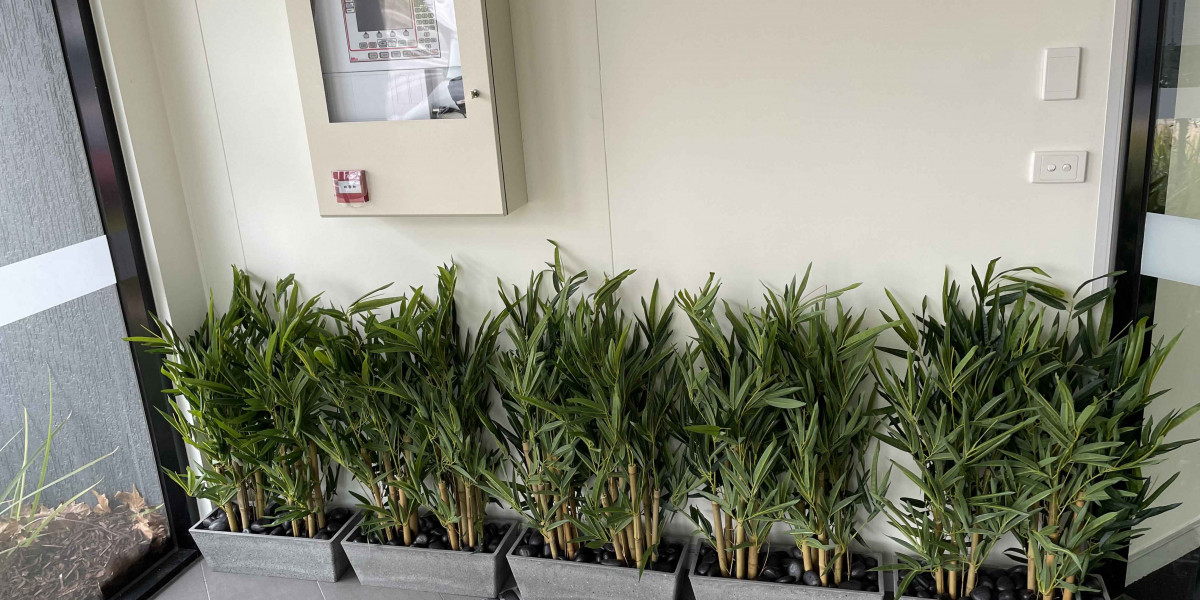Technology is reshaping every aspect of our lives, including education. In early childhood education, technological advancements are creating engaging, interactive, and effective learning experiences. From smart classrooms to AI-driven learning tools, digital innovations are transforming how young children acquire knowledge and develop essential skills. This article explores how technology is impacting early childhood education and shaping the future of learning.
Digital Learning Tools in Early Education
One of the most significant impacts of technology on early childhood education is the introduction of digital learning tools. Interactive apps, smartboards, and online platforms make learning more engaging for preschoolers. Educational games and multimedia resources help children grasp complex concepts through visuals and hands-on activities. These tools promote active participation and enhance cognitive development at an early age.
Role of AI in Personalized Learning
Artificial intelligence (AI) has introduced a personalized approach to education, catering to each child's unique learning style and pace. AI-powered platforms analyze a child's progress and adapt lessons accordingly. This customized approach ensures that children receive individualized instruction, making learning more effective and enjoyable. AI tutors and chatbots also provide instant feedback, allowing children to practice and improve their skills in real-time.
Virtual and Augmented Reality in Learning
Virtual reality (VR) and augmented reality (AR) are bringing immersive experiences into early childhood education. These technologies allow children to explore virtual worlds, interact with 3D objects, and engage in hands-on learning without physical limitations. For example, AR applications can bring stories to life, making reading sessions more interactive. VR-based field trips transport children to historical sites or underwater worlds, expanding their knowledge beyond the classroom walls.
The Rise of Smart Classrooms
Smart classrooms are becoming a common feature in modern preschools. These classrooms incorporate digital whiteboards, voice-assisted learning, and interactive displays that encourage student participation. Smart technology also helps teachers track a child's progress, identify learning gaps, and provide targeted support. With real-time data collection, educators can tailor their teaching methods to meet the needs of individual students.
E-Learning and Remote Education for Preschoolers
Online learning platforms are making education more accessible, especially in remote or underserved areas. While early childhood education heavily relies on in-person interaction, e-learning tools provide supplemental resources that enhance traditional teaching methods. Platforms offering live video sessions, interactive storytelling, and guided learning activities enable children to learn from anywhere. Hybrid learning models that combine digital and physical classroom experiences are also gaining popularity.
Enhancing Communication Between Teachers and Parents
Technology is bridging the communication gap between educators and parents. Mobile apps and online portals allow parents to monitor their child's progress, receive updates, and communicate with teachers seamlessly. This improved collaboration ensures that learning continues at home and that parents stay informed about their child's development.
Challenges of Integrating Technology in Early Education
Despite its benefits, the integration of technology in early childhood education comes with challenges. Excessive screen time, data privacy concerns, and the need for teacher training are some issues that educators and parents must address. Ensuring a balanced approach—where technology complements, rather than replaces, traditional teaching methods—is essential for maximizing its benefits.
Future Trends in Early Childhood EdTech
As technology continues to evolve, the future of early childhood education looks promising. AI-driven adaptive learning, gamification, and collaborative digital spaces will further revolutionize the learning experience. Educational robotics, voice-activated learning assistants, and smart toys will continue to enhance engagement and creativity among young learners. Institutions like The Juniors Academy are embracing these innovations to provide a modern, well-rounded educational experience.
Conclusion
Technology is playing a vital role in shaping the future of early childhood education. From AI-driven personalized learning to VR-enhanced experiences, digital innovations are making learning more engaging and effective. While challenges exist, the benefits of technology in early education far outweigh the drawbacks when used responsibly. By integrating the right tools and approaches, educators and parents can create a nurturing and stimulating learning environment for young minds.










